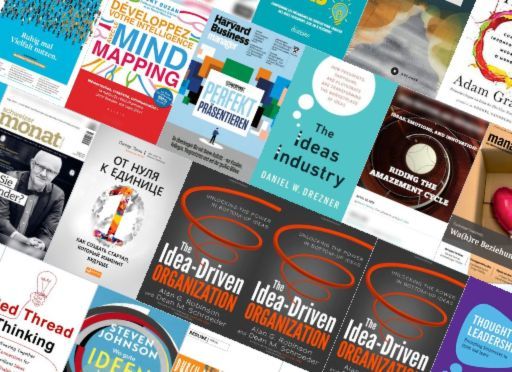How to Brainstorm

Clarence Birdseye got the idea for what became his frozen food empire while on a fur-trapping expedition in the frozen wilds of Canada. He noticed how the indigenous peoples kept perishable foodstuffs fresh in the winter: They buried them in the snow. He recognized that he could adapt this model to preserve food commercially. Had he holed up in his office trying to think up a viable business idea, it never would have occurred to him.
Idea finding isn’t really about sitting back and searching your brain. It’s much closer to a contact sport.
Andy Boyton, Bill Fischer and William Bole
In The Idea Hunter, authors Andy Boynton, Bill Fischer and William Bole advise readers to keep their antennae open to the world because the genius ideas are out there, waiting for you to gather them up. “Idea hunters” understand their own field very well yet remain curious about the world around them.
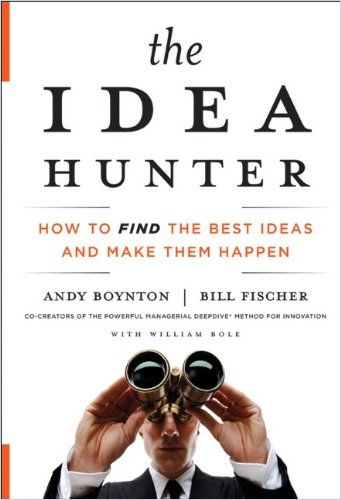
Set Up the Problem You Wish to Solve
In The Creative Thinking Handbook, author Chris Griffiths emphasizes optimizing your mind-set when looking for solutions:
- Recognize your own biases as they can keep you from seeing truly imaginative solutions.
- Challenge yourself to think in ways that take you outside your comfort zone.
- Don’t just react to external change. Coming out with the best product beats coming out with it first.
- Question all assumptions.
- Define your problem by asking questions and examining it from different perspectives.
- “Reframe” a problem to help simplify thinking about it.
Thus you begin your quest to generate ideas by taking time to understand the problem you’re trying to solve and what’s at stake.
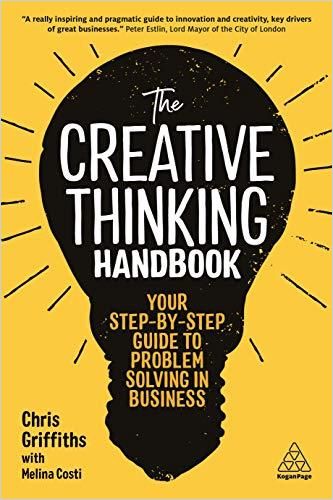
Invite Your Right Brain to the Party
In Creative Quest, Tonight Show Musical Director Questlove encourages brainstormers to engage their subconscious impulses:
- Allow your mind to wander to break free of linear thinking. If you’re trying to solve a musical problem, draw a cartoon or doodle.
- Get active. Walk, dance or stretch while your brain mulls over a problem. A calming activity such as gardening helps to hone your sense to perceive things you might normally miss.
- Disrupt your normal way of seeing things. Look at a picture upside down or begin a book on the last page.
- Open up a dictionary at random and pick a word, then let it be your inspiration for your project.
- Embrace boredom. Let ideas fill up the silence.
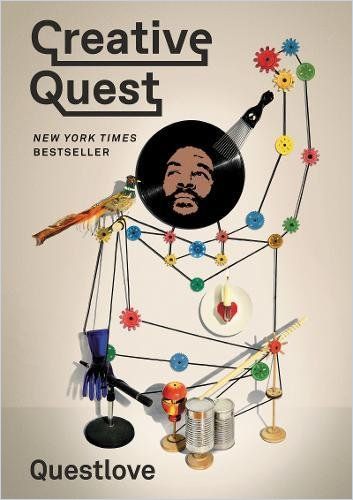
A Perfect Brainstorm
Here are some tips for a perfect brainstorm session:
- Start with a clearly defined problem.
- Assure everyone involved that no ideas will be ridiculed or judged – in fact, outlandishness is encouraged.
- Invite everyone’s participation if it’s a group session.
- Make the experience light and fun, conducive to creative thought.
Kaizen is a Japanese philosophy of innovation that encourages small, incremental changes to improve products or systems by looking at each detail and asking yourself to imagine if it were “bigger or smaller,” “brighter or darker,” “heavier or lighter,” and similar questions. In Think Better, author Tim Hurson encourages creative thinkers to keep generating questions to get to the core problem to be solved.
Productive thinking requires us not to rush to answers but to hang back, to keep asking new questions even when the answers to the old ones seem so clear, so obvious, so right.
Tim Hurson
Creative thinking requires time for relaxing and reflecting, but don’t get too complacent. Change up your routine if you feel yourself getting into a rut. Jason Rich offers up classic advice on creative thinking in Brain Storm. Brainstorming is a technique to jumpstart creative thinking by generating lots of ideas. The focus is on quantity, not quality, so reserve judgment; evaluation comes later. To get started and limber up your imagination, come up with five ways you can use a paperclip. The crazier the suggestions, the better.
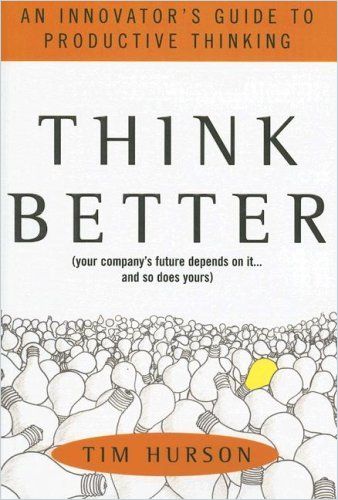
Team Brainstorming
Create an environment conducive to creative work where you feel comfortable and relaxed. Minimize distractions. Assemble helpful tools like your computer or a voice recorder. Good apps like Mural exist to help keep track of team-generated ideas, but often the best and most useful tools are the humble pencil and paper.
Encourage the group’s members to build on each other’s ideas.
Jason Rich
For team brainstorming, someone should facilitate the session to keep things on track and productive. Cap group size at no more than 10 people. Integrate improv techniques to really challenge everyone’s imagination. The most important rule for a brainstorming session is it’s a no-judgment zone. Careful vetting comes later. Rich offers a 10-step process to sift through and implement good ideas.
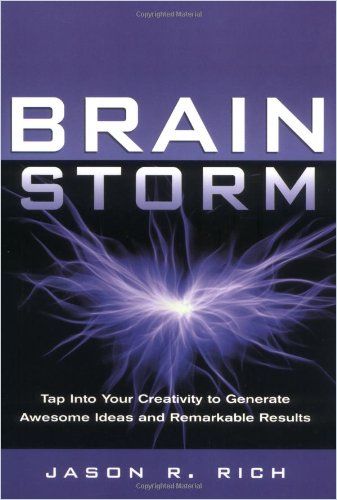
Encourage Everyone in Your Organization to Hunt Good Ideas
Researchers at Columbia Business School discovered that, when it comes to brainstorming, in-person meetings generally lead to more creative results because people generate a greater number of ideas when face-to-face. Virtual teams faired better at selecting the highest-quality ideas from a list. If your team includes virtual colleagues, one simple tactic can improve brainstorming outcomes. When virtual team members turn off their cameras they are more free to focus their attention on the task at hand, rather than having to concentrate on a computer screen and other people.

Be sure to include frontline worker ideas in your organization as you gather ideas, say authors Alan G. Robinson and Dean M. Schroeder in The Idea-Driven Organization. Put together a team to analyze your organization at every level and implement an idea-generation system. Devise a pilot program to test for flaws and implement tweaks. Roll out your system incrementally. There will be a flood of ideas at the beginning. Work to grow an innovation culture.
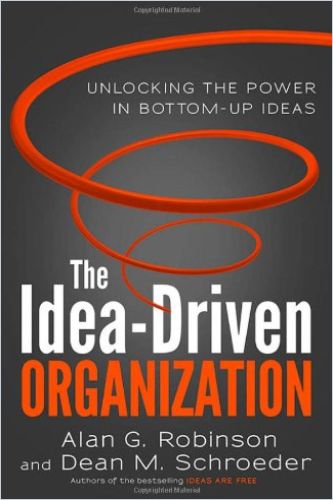
The program name ‘Kill Stupid Rules’ was memorable, as well as a clever way to admit that managers occasionally created stupid policies and to invite employees to point them out.
Alan G. Robinson and Dean M. Schroeder
Read more about cultivating creative cultures here:



